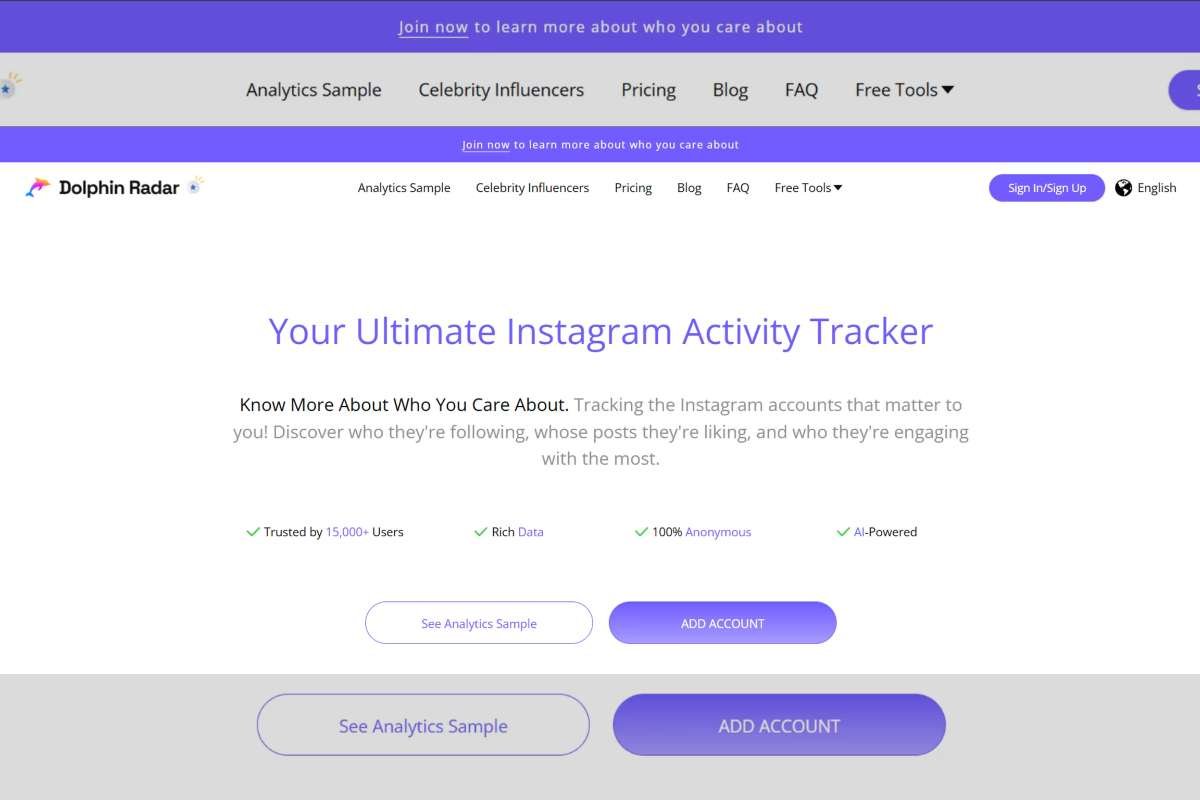When Visibility Isn’t Enough, Trust Alone Won’t Pay the Bills
You’ve poured your soul into building something real. Maybe it’s a product you wish had existed years ago. Maybe it’s your own story, packaged, polished, and ready for the world.
But here’s the truth no one tells you: the hardest part isn’t creation, it’s connection.
You need attention, yes. But not the kind that vanishes with a scroll. You need loyal clicks. Purchases. Brand believers.
Now you’re torn.
One path is of numbers, commission-based, data-rich affiliate partnerships where you pay only for results. The other promises are emotional, like viral content, beautiful faces, and influencers whose audiences hang on every word.
Welcome to the fork in the road called Affiliate vs. Influencer Marketing.
This isn’t just a marketing choice. It’s a business-defining moment. In this guide, we don’t just break down strategies; we walk you through how each one touches your audience’s psychology, your budget’s bandwidth, and your brand’s soul.
Understanding the Playing Field: Definitions and Purpose
Affiliate vs. Influencer Marketing represents two sides of the same digital coin. Affiliate marketing is a performance-based model where partners (affiliates) earn commissions by promoting products and generating sales through unique referral links. Influencer marketing, on the other hand, leverages social media personalities who create content that shapes consumer perceptions and drives action, often without guaranteed sales.
Both tactics aim to expand reach and generate ROI, but the strategy behind each is fundamentally different.
“Affiliate marketing focuses on performance and attribution. Influencer marketing is about storytelling and persuasion,” says marketing strategist Lauren Zander from GRIN. “You can—and should—blend them for maximum impact.”
Comparison Table: Affiliate vs. Influencer Marketing

| Element | Affiliate Marketing | Influencer Marketing |
| What is it? | Commission-based referral strategy | Brand-sponsored content via creators |
| Where used? | Blogs, newsletters, deal sites | Instagram, TikTok, YouTube, Podcasts |
| Key Difference | Pay-per-conversion (performance-based) | Pay-per-post or campaign (exposure-based) |
| Tools | ShareASale, CJ Affiliate, Amazon Associates | GRIN, Upfluence, AspireIQ |
| Pros | Measurable ROI, scalable, low risk | High engagement, brand loyalty, and viral potential |
| Cons | Needs traffic and SEO | Expensive, ROI tracking can be fuzzy |
| Examples | Wirecutter, NerdWallet, niche blog monetizers | TikTok skincare influencers, fashion YouTubers |
Performance vs. Presence: What Are You Really Buying?
One of the most fundamental comparisons in Affiliate vs. Influencer Marketing comes down to value. Affiliate marketing pays for performance; you get results, or you don’t pay. Influencer marketing is built on exposure, engagement, and emotional influence.
A recent Business Insider study projects affiliate marketing to hit $37.3 billion globally by 2025, while influencer marketing is expected to surpass $32.6 billion in the same timeframe. That’s why businesses are comparing Affiliate vs. Influencer Marketing more than ever before.
Affiliate programs offer tight control over your marketing ROI. You see every click, every sale. In contrast, influencer campaigns give you brand lift and cultural relevance, but can be harder to measure in dollars.
The Psychology Behind Each Approach
Affiliate vs. Influencer Marketing isn’t just a difference in payment model—it reflects a deeper psychological strategy.
Affiliate marketing leans on logic and trust. Visitors arrive on a site for information, and if the affiliate provides value, they buy.
Influencer marketing, however, taps into emotion. Social media followers often feel a parasocial connection with influencers, so their recommendations feel authentic, almost personal.
Consumers trust influencers because they relate to them. That’s the edge influencer marketing has over traditional ads,” explains Saad Khan, a GTM strategist at XGrid.
Case Studies: Affiliate vs. Influencer Marketing in Action
1. Amazon Associates (Affiliate):

Thousands of niche blogs like Wirecutter monetize through this program. With tracked links and high purchase intent, it’s a conversion machine.
2. LTK & TikTok Creators (Influencer):
The LikeToKnowIt app has enabled creators to sell millions of dollars in fashion and lifestyle products—often without directly asking their audience to “buy now.”
3. Hybrid Model—Dooley (Both):
SaaS startup Dooley combined influencer content with affiliate links, achieving a 431% growth in pipeline revenue. It proves Affiliate vs. Influencer Marketing doesn’t have to be a battle—you can use both to scale.
Tools That Power Each Strategy
If you’re still deciding between Affiliate vs. Influencer Marketing, your tool stack can influence your choice.
For Affiliate Marketing:
- ShareASale
- Impact.com
- Amazon Associates
- Cookie management, link trackers, and UTM builders
For Influencer Marketing:

- Upfluence
- LTK (for fashion/lifestyle campaigns)
Affiliate platforms track sales and commissions. Influencer tools manage campaigns, content calendars, and engagement analytics.
Pros & Cons Breakdown
Let’s strip it down:
Affiliate Marketing Pros:
- Low financial risk: You only pay for performance
- Scalable across thousands of niche creators
- Trackable metrics with pinpoint accuracy
Read More: Struggling to Make Money Online? Start Here With Affiliate Marketing for Beginners
Affiliate Marketing Cons:
- Requires SEO or consistent site traffic
- Minimal brand storytelling control
Influencer Marketing Pros:
- Builds rapid brand awareness
- Deep audience trust and high engagement
- Great for beauty, fashion, fitness, and food
Influencer Marketing Cons:
- High cost per campaign
- Difficult to attribute direct conversions
The Affiliate vs. Influencer Marketing comparison always comes back to your goals: Do you want precise conversions or widespread brand buzz?
When to Choose One, or Both?
The smartest brands don’t choose, they blend. Influencers who use affiliate links become powerful, ROI-driven storytellers.
“It’s no longer influencer OR affiliate, it’s both,” says Tiffany Lopinsky, cofounder of ShopMy. “That’s how you get awareness AND sales.”
Use influencers to launch a product. Then use affiliates to sustain conversions long after the hype fades.
Key Stats That Drive Strategy
Understanding Affiliate vs. Influencer Marketing requires a look at cold, hard numbers:
- 92% of consumers trust influencer content over traditional ads.
- Influencer campaigns return $4.12 for every $1 spent on Instagram.
- Affiliate programs account for 15–30% of online sales for top brands.
- The average affiliate earns $8K/month when optimized well.
| Topic | Key Statistic or Quote | Source |
| Global Affiliate Market | $37.3 B in 2025 | (DemandSage) |
| U.S. Online Sales via Affiliate | 16% | (DemandSage) |
| Influencer Market Size 2025 | $32.55 B | (sticky.io) |
| Consumer Trust in Micro-Influencers | ~92% | (Vogue Business) |
| ShopMy Funding & Impact | $77.5 M round; $352 M sales | (The Wall Street Journal, Vogue Business) |
| Affiliate ROI | $12 per $1 spent | (DemandSage) |
| Influencer ROI | $4.12 per $1 spent | (Amra and Elma LLC, sticky.io) |
| Average Affiliate Income | ~$8K/month | (Amra and Elma LLC, DemandSage) |
| Publisher Adoption | 81–84% of brands & publishers | (Amra and Elma LLC, DemandSage) |
Conclusion: Affiliate vs. Influencer Marketing—Who Wins in 2025?
Sell, Connect, or Do Both—But Never Be Invisible Again
We live in an attention economy. But attention alone doesn’t keep the lights on. And performance without presence makes you forgettable.
That’s why the smartest brands today don’t ask, “Affiliate vs. Influencer Marketing?”
They ask: “How do I use both to build something that lasts?”
Affiliates bring precision. They reward intent. They drive the silent conversions happening in carts and inboxes every hour.
Influencers spark emotion. They shape identity. They build brands that people wear like skin.
The future belongs to businesses that stop choosing sides and start building bridges between trust and transaction, between reach and ROI.
So here’s your new strategy: Let affiliates deliver proof. Let influencers deliver presence. And let your product deliver impact.
Because marketing shouldn’t feel like noise.
It should feel like meaning.


















